Y.Sunita Chowdhary
You can’t substitute great scripting and direction but ultimately edit is where the film gets made. You can re-order the story, change the emphasis of characters and create or remove scenes. Doing this job right now is Anil. P. He has become a sought after editor within a short span. Son of a farmer and with no connection to anyone in the film field, the young man from Raichur had finished his engineering from VIT and studied film at the Annapurna’s Film School in 2015. He tells us how he developed interest in cinema and made a career as an editor in the Telugu film industry. He recollects, “From the fourth standard onwards, I was residing in a hostel and whenever I found time, I would see cinema and began getting curious about its process, the filmmaking aspect. My father once got a small camera home and I began using that at functions at home, experimenting with it and would edit it. The interest grew slowly. While in engineering at Vellore, I did a short film which was CG oriented and a bit on a high technical side. I didn’t have a team, I am self taught. The short film that I made was ‘Nayak 3 cm’ and it was a unique experiment; it is about what would happen if a man out of a group of people shrinks to 3 cm. Eight years, shrinking a man with CG in a short film was quite something and it was even telecast on Gemini TV and that was a shot in my arm.” Anil was selected for one of the jobs he applied for and they were thoroughly impressed by his extra curricular activity, particularly the short film. That was when he decided to give it a shot seriously and discussed it at home and he got all the encouragement he needed.
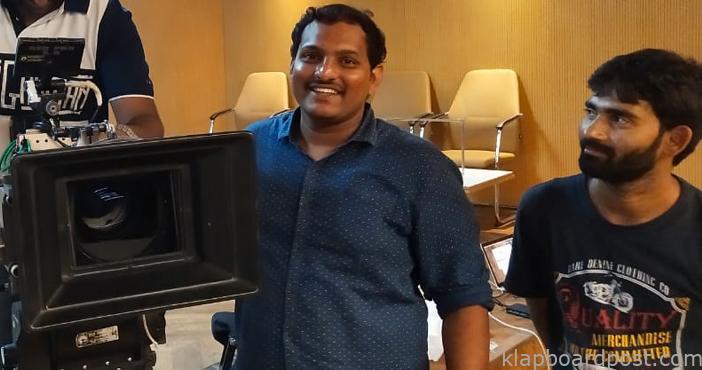
The film school helped him more than one way. Other than learning theory, living in Hyderabad turned out to be a great advantage for Anil. He says, “We miss basic things but we learn all those, cover it up, add on in it at the film school. I knew where I was going wrong. Also, earlier I wouldn’t apply aesthetic knowledge but in school, I learnt effective storytelling in every perspective, dramatizing it was fun. Going to a film school or not is an individual choice. It teaches us skills and shows us how to apply it and based on that we can judge to what extent our individual strength is. Being in Hyderabad and studying film here, I got to assist Praveen Pudi, who is an editor. This happened even while I was studying. I would go to school at 9 and after 3 in the noon I would rush to producer Dil Raju’s office and assist Praveen Pudi till the 2 AM the next day. That was my routine and the film I worked on was ‘Nenu Local’. On the job, I could form a team and I am proud to say that today, if a friend is directing a film, we all are the first one’s to help him. I know each person well, their strengths and limitations. The film school helped me in screenwriting and I applied it in editing.”
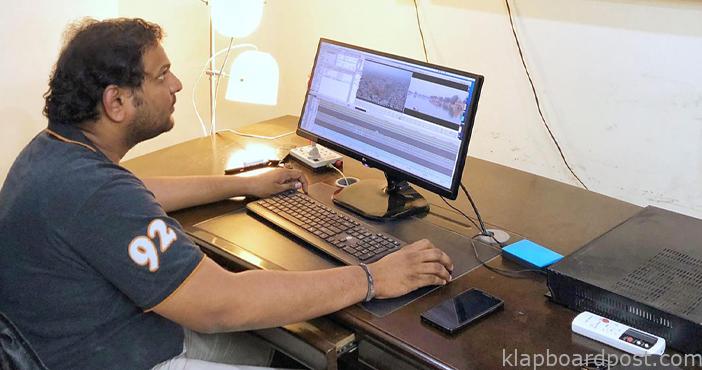
He adds, “Editing is the second time where we write the film. Even commercial films should have an aesthetic appeal. The production might sometimes compromise with the visuals. The effectiveness that we saw on paper might not be visible on screen. At that time we suggest changing the screenplay, a change in order that will lead to a change in the drama. Basically in screenwriting, we learn character arcs and we apply that in editing. This is my major strength and most directors like it. I always ask, what if this looks like this in every scene. If they are convinced they change it. By editing, you show the audience in what perspective you are opening the story to them. It is not about removing the length or correcting the lag. You can open the edit in multiple aspects, be it in the hero’s perspective or heroine’s perspective. We can’t cut some scenes after it fades. We know it is gone out of the limits and it should have been written well. It is time out and we can’t re shoot at that time. Maximum, we aim at effective storytelling. I had worked on Hello, Nenu Local, Chitrangadha with Praveen Pudi for two years.”
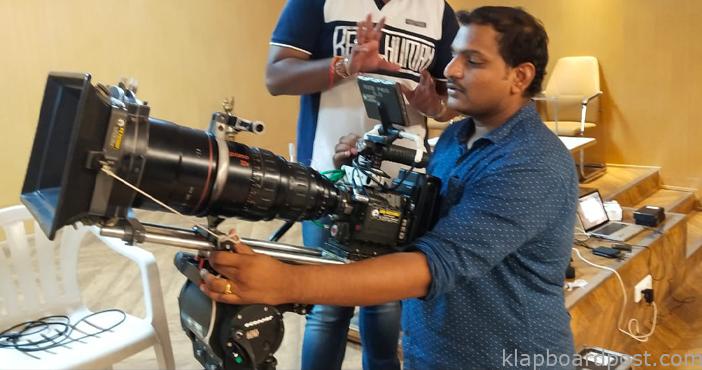
Anil chose the Masters course in film as he had already done bachelors in engineering and instead of going for a diploma, he thought that Masters would be of help to him in the future. He however says that in the industry, no one sees degrees. He is now independently handling two web series. His senior in school Abhilash offered him an opportunity to work on his project. He quips, “I did Ekkadiki Ee Parugu starring Sashank and Aryan Rajesh for Zee5. When he saw I am completely focussed on editing, he gave me Loser and Abhilash directed both. I am also working on Manyam Productions Number 2 who made Brochevaarevarura earlier. MR is the team and they are working at Manyam.” Ask him if there are enough editors in the Telugu film industry, he responds in the negative. He says most of them are attracted to the glamour of directing movies and working in a studio 24×7 is not everyone’s cup of tea. He says, “Now a days aspects of story telling have changed, a new age kind of cinema is coming up fast and the cuts are good. I have noticed there are least members joining editing teams. Most of them are opting direction, even though they do editing courses they aren’t taking it heavily or seriously. A director’s job is glamorous and so is the networking. Even the audience roots for the director more than the technical team, and they enjoy a star status as their work is visible.”
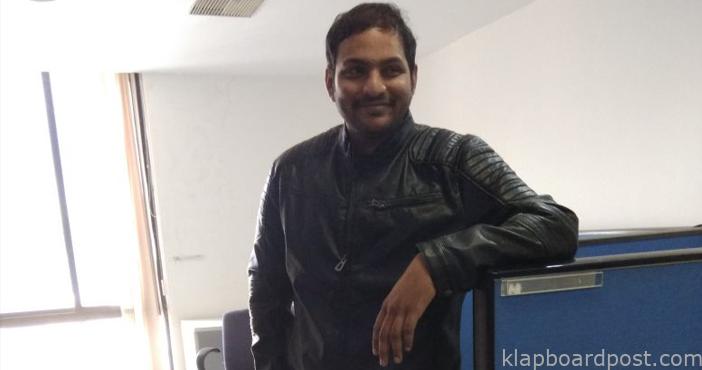
Ask him the role of an editor and what satisfaction he gets at the editing table? “Sometimes we work effectively in low budget films. There are bound to be many mistakes and we can cover that in edit. We want the audience to enjoy the story without sensing the loopholes. We do certain small films for money and some for satisfaction. Producers or directors don’t shy away from giving work to short film makers. They make out easily if the editor is making sense and there is always a scope for healthy discussion. Directors love their subject and execute it. I am a new person at the edit table. I might not connect as much as the director does. There will be a discussion as to why I killed a certain point or why there was a lag. Sometimes a beautiful and costly scene gets removed because we don’t intend to spoon feed the audience or repeat it again. Audience is intelligent. We need to make hard decisions. Most rural audiences are used to direct storytelling but when it comes to OTT the latest film, viewers should discover the story and only then anxiety grows. I did IIT Krishnamurthy in Prime recently. My first film is Eureka.”
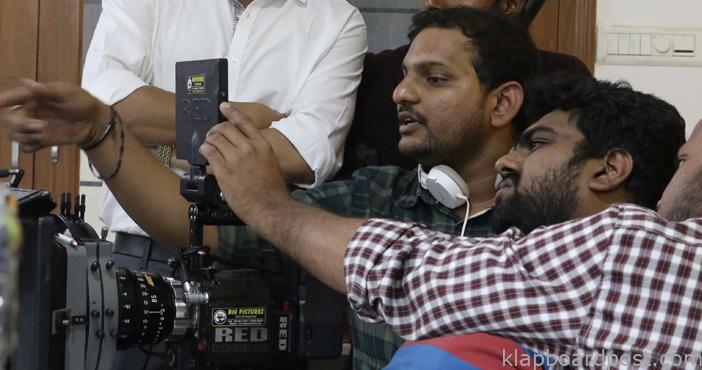
Anil is of the opinion that some decisions at the editing table turn the fate of the film. Certain times an editor knows if it is good to sustain love scenes when the logic goes missing and drama is not working out for entertainment. Most writers are making an interval point as the main plot which comes after one hour. Till then we need engaging scenes. If not engaging, our aim is to briskly move to the plot point. “It happens in certain films, people wonder why the film is moving fast but the fact is that we do that to reach plot point before they understand what is happening. That is due to some loopholes in the script. An editor should be fast, technically strong, aesthetically endowed, only few people can notice that skill. I like playing with perspectives.”













